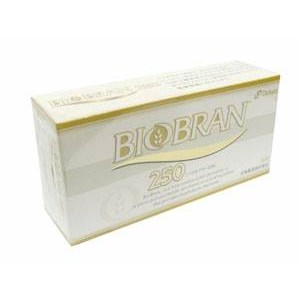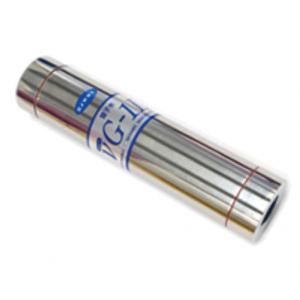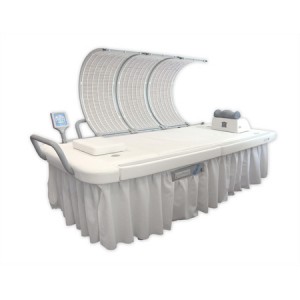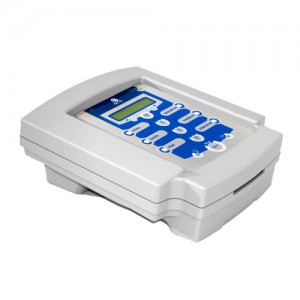QRS Research Directory T
Peer-reviewed abstract on the effects
of magnetics on physical ailments
The impact of treatment with magnetic fields on a variety of
physical ailments are presented in the following descriptions of recent
studies, published in peer-reviewed scientific journals.
Tendonitis
Results of this double-blind,
placebo-controlled study indicated that pulsed electromagnetic field therapy
exhibited significant beneficial effects in the treatment of patients suffering
from persistent rotator cuff tendonitis.
A. Binder,
Pulsed Electromagnetic Field Therapy of Persistent Rotator Cuff Tendinitis. A
Double-blind Controlled Assessment,
Lancet, 1(8379), March 31, 1984,
p. 695-698.
Tourette's Syndrome
This article reports on the case of a 6-year-old boy
suffering from Tourette's syndrome who experienced improvements in
visuoconstructional and visuomotor skills, along with more general symptomatic
improvements, following the extracranial application of electromagnetic fields
in the picotesla range of intensity.
R. Sandyk,
Improvement of Right Hemispheric Functions in a Child with Gilles de la
Tourette's Syndrome WeakElectromagnetic Fields," International Journal of
Neurosci, 81(3-4), April 1995, p.
199-213.
Tuberculosis
This study examined the efficacy of
millimeter waves combined with conventional drug treatment in patients
suffering from tuberculosis. MW therapy consisted of 10 exposures of the thymus
area for 60 minutes per day using a "Yavor" apparatus
(6.4
or 7.1 mm wavelength). Controls
received drug treatment only. Results indicated that while MW/drug therapy had
no effect on the clearance of the tuberculosis bacteria, it did facilitate
clinical recovery faster than drug therapy alone.
A.
Khomenko, Use of Millimeter-Range Electromagnetic Radiation
in Complex Therapy for Pulmonary Tuberculosis, Millimetrovie Volni v Biologii I
Meditcine, (3), 1994, p. 53-61.
This study examined the effects of
extremely-high-frequency therapy as administered via a 1 apparatus (7.1 mm
wavelength) on tuberculosis patients. Results showed a 25-percent improvement
in patients receiving the therapy as a pathogenic treatment. A 72-percent
improvement rate was seen among patients who received the therapy as treatment for concurrent diseases.
T.V. Kalinina
V.D. Churaev, Expense with the Use of the EHF-Therapy at Ryasan' Regional
Clinical TB Dispensary, Millimetrovie Volni v Biologii i Meditcine, (4), 1994,
p. 52-53.
This controlled study examined the
effects of constant elastic electromagnetic fields (40 mT) in patients
suffering from pulmonary tuberculosis. Therapy consisted of 30-45 minute daily
application of either a single magnet or a pair of magnets placed on the chest
at an area high in skin temperature over a 1-3 month period. When coupled with
conventional treatments, one third of patients receiving the constant
electromagnetic fields experienced healing of tubercular cavities. contrast,
only one fifth of patients receiving conventional treatment alone experienced
such effects. One month into combination treatment, there was no evidence of
mycobacterium tuberculosis in the sputum in half the patients relative to only
one third of controls.
A.S. Solov'ena, Use of Constant Magnetic Field for Increasing the Effectiveness of Chemotherapy in Patients withPulmonary Tuberculosis, Probl Tuberk, 8, 1987, p. 53-56.
There are no products to list in this category.




